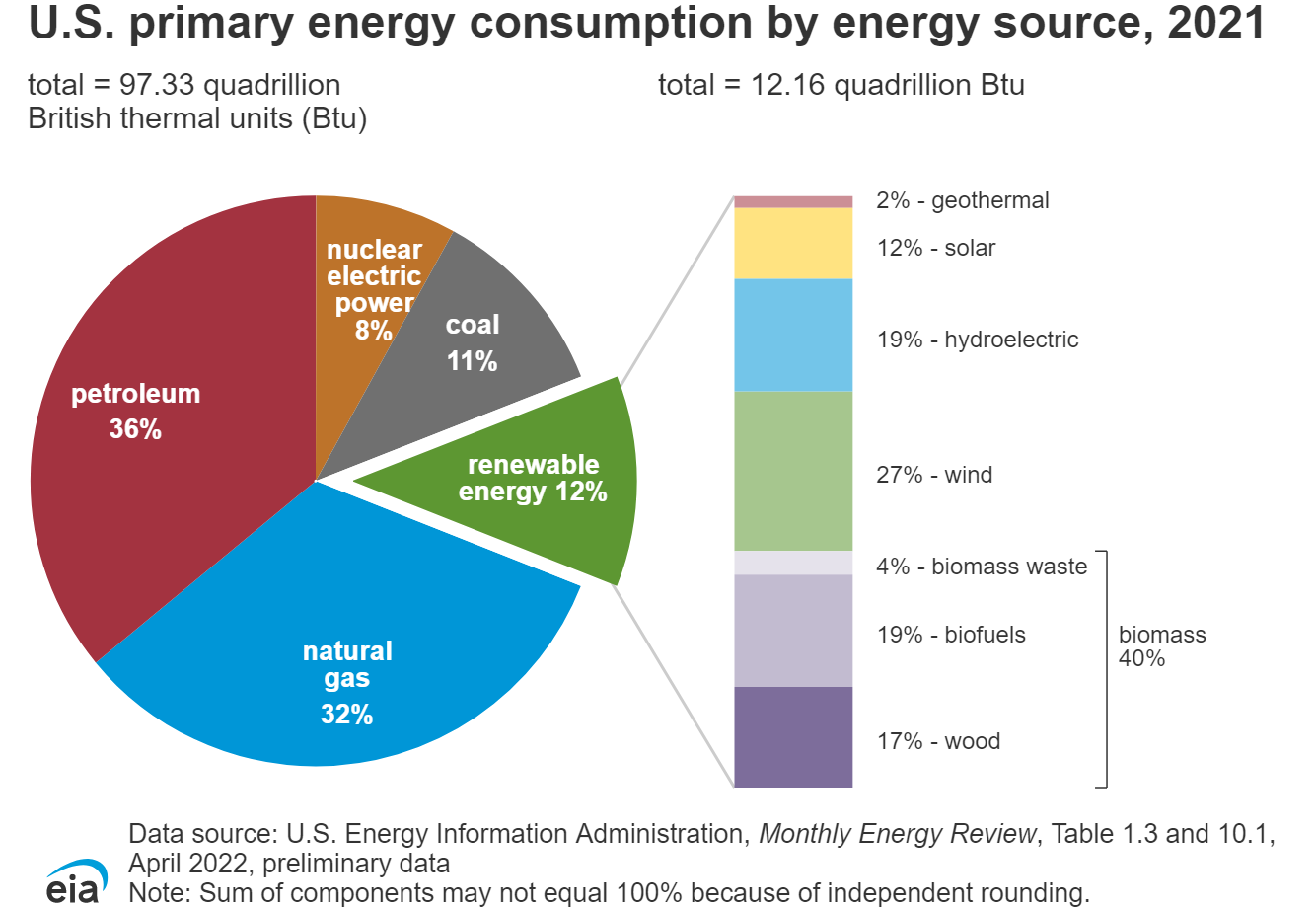Energy-Efficient Building Supplies: Enhancing Sustainable Construction
Introduction
Sustainable construction practices are becoming increasingly important in today’s world. As the demand for energy-efficient buildings grows, the use of energy-efficient building supplies becomes crucial. These supplies not only help reduce energy consumption but also contribute to a healthier and more comfortable living environment. In this article, we will explore the various energy-efficient building supplies and their benefits.
The Role of Insulation
Insulation plays a vital role in improving energy efficiency in buildings. By minimizing heat transfer, insulation reduces the need for excessive heating or cooling, thus saving energy. Materials like cellulose, fiberglass, and mineral wool are commonly used as insulation. Their high R-values ensure optimal thermal performance, keeping the indoor temperature consistent.
Windows and Doors
Windows and doors are significant contributors to air leakage and heat transfer. Energy-efficient windows and doors are designed with advanced glazing technologies and insulated frames to minimize these issues. Double or triple glazing, low-emissivity coatings, and gas-filled panes improve insulation, reduce heat gain or loss, and enhance natural lighting.
Roofing Materials
Energy-efficient roofing materials, such as cool roofs, are designed to reflect more sunlight and absorb less heat. This helps to reduce the need for air conditioning, especially in hot climates. Cool roofs can be made of reflective coatings, tiles, or shingles, which minimize heat transfer into the building.
Advanced Lighting Solutions
Lighting accounts for a significant portion of a building’s energy consumption. Energy-efficient lighting solutions, like LED bulbs and fixtures, use significantly less energy than traditional incandescent or fluorescent lights. Additionally, incorporating daylighting strategies through well-placed windows and skylights can further reduce the need for artificial lighting during the day.
High-Efficiency HVAC Systems
Heating, ventilation, and air conditioning (HVAC) systems are major energy consumers in buildings. High-efficiency HVAC systems help reduce energy consumption by utilizing advanced technologies such as variable speed motors, smart thermostats, and heat recovery ventilation. These systems not only save energy but also improve indoor air quality.
Conclusion
Energy-efficient building supplies play a significant role in enhancing sustainable construction practices. By incorporating insulation, energy-efficient windows and doors, cool roofs, advanced lighting solutions, and high-efficiency HVAC systems, buildings can significantly reduce energy consumption and contribute to a greener future. Investing in these supplies not only benefits the environment but also results in long-term cost savings and improved occupant comfort.
